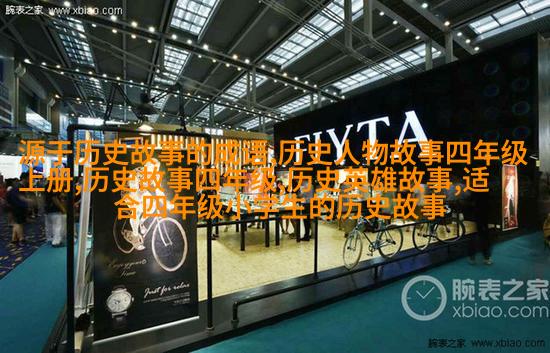三星堆考古新发现:推翻传统夏朝史观

首先,三星堆的重要性是什么?
三星堆遗址位于四川省广汉市,是中国西南地区最大的古代城址之一,也是世界文化遗产。自1956年开始发掘以来,这里不断地向我们揭示着前所未有的历史秘密。最近的一次考古挖掘再次震撼了学术界,它否定了传统上认为夏朝是中国第一个王朝的观点。

在过去,我们对中国早期文明的了解主要依赖于黄河流域的考古资料,如仰韶文化和龙山文化。但近年来,西南地区尤其是成都平原和四川盆地等地出土的大量文物和器物正在逐渐改变我们的认知。在这次三星堆考古发掘中, archaeologists discovered a series of well-preserved bronze artifacts, including weapons, tools and ritual objects. These findings not only provide new evidence for the development of early Chinese civilization but also challenge the traditional view that the Xia Dynasty was the first Chinese dynasty.
那么,三星堆为什么会否定夏朝呢?

The discovery of these advanced bronze artifacts at Three Kingdoms period (220-280 AD) sites in Sichuan Province has led to a reevaluation of the history of ancient China. The presence of such sophisticated technology and craftsmanship at this time period is unprecedented in other parts of China, particularly in comparison to the supposed capital city area of Shangqiu City in Henan Province during the same era. This raises questions about whether there were other powerful kingdoms or dynasties existing outside of what we traditionally consider as part of Chinese history.
Moreover, recent studies have shown that some cultural elements found at Three Kingdoms sites share similarities with those from earlier periods like Erlitou culture (which is believed to be contemporary with or even predate Shang Dynasty). This suggests that there may have been more complex interactions between different regions and cultures than previously thought. Therefore, it's possible that our understanding needs to be expanded beyond just focusing on one particular dynasty.

如何解释这一系列新的发现?
The implications are significant for our understanding not only about ancient Chinese civilization but also about how we think about historical progress and regional interactions throughout Asia. One possibility is that there was a long period before 2100 BCE when multiple regional centers coexisted without forming centralized states - an idea known as "regionalism" or "multi-center model". Another theory proposes that certain areas developed independently from each other due to geographical barriers while still maintaining contact through trade networks.

It's important to note here that no consensus has yet been reached among scholars regarding which interpretation is correct; however all agree on one thing: these new discoveries necessitate a reassessment and refinement towards an accurate picture based on available data rather than relying solely upon previous theories derived mainly from Yellow River basin excavations.
最后,对这些新证据意味着什么?
In conclusion, this latest round of archaeological findings at Three Kingdoms site casts doubt over long-held beliefs surrounding early China’s political landscape by challenging traditional notions related specifically to its first kingdom - Xia Dynasty. It encourages us now more than ever before embrace fresh perspectives into our study because these revelations remind us how much remains unexplored within human knowledge reservoirs waiting patiently for scientists' curiosity-driven quests for truth – who knows what treasures lie hidden beneath earth's surface?



